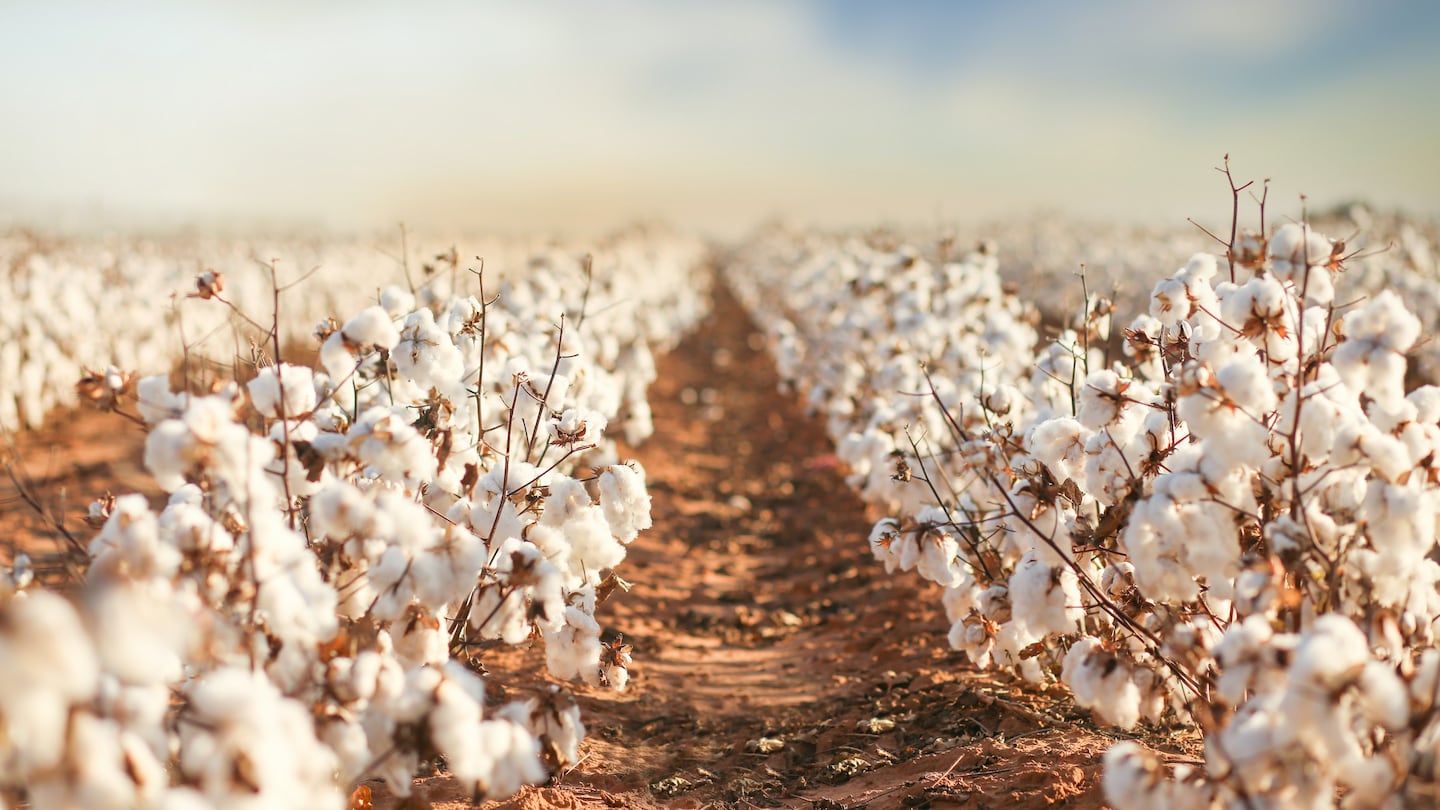
The Business of Fashion
Agenda-setting intelligence, analysis and advice for the global fashion community.

Agenda-setting intelligence, analysis and advice for the global fashion community.

Prices for raw materials vital to the fashion industry, including cotton and petroleum-based polyester and nylon fibres are all on the rise.
On Tuesday, US cotton futures trading in New York closed at a ten-year high with prices at $1.09 per pound. The Wall Street Journal reports that the rising price of American cotton is partly fuelled by a US ban on cotton from China’s Xinjiang region (though not on cotton products made in China from raw materials sourced elsewhere), which has led to more US cotton being shipped to China in order to produce garments that are then shipped back to American retailers to be purchased by American consumers.
According to the US Department of Agriculture, the pace of US export sales of cotton to China since the start of the new marketing year on Aug. 1 is up 83 percent year-on-year.
A cotton price rise is also being felt in Pakistan where prices have also reached their highest point in a decade. According to local news reports, Karachi’s cotton trading market “went into a frenzy” when an international company began offering 15,500 rupees ($90.54) per maund (a locally-used unit of measurement equal to about 40 kilograms) in an open bid for Balochistan cotton, said Naseem Usman, chairman of the Karachi Cotton Brokers Forum.
ADVERTISEMENT
Cotton gins and textile mills in Pakistan are under pressure on a number of fronts, with importers and exporters facing increased shipping costs and the rising value of the US dollar against the Pakistani rupee, combined with international cotton price rises and lower local production attributed partly to rains in Punjab’s cotton belt, creating a perilous situation for the local industry.
Pakistan’s cotton production for the season is estimated at between 7.5 and 8.5 million bales against the official target of 10.5 million, according to Pakistani newspaper, Dawn.
Meanwhile, a rise in crude oil prices is impacting the price of other textile fibres. Within the US, crude oil prices have been impacted by floods and power outages in Texas and Louisiana and Hurricane Nicholas hitting the Gulf of Mexico in mid-September. In other oil-producing countries, including Kazakhstan, Nigeria and Angola, the extraction of crude oil has slowed due to the pandemic, tightening the global supply and contributing to price rises.
As crude oil gets more expensive, prices of textile raw materials like polyester and nylon fibres are concurrently rising.
The price of polyester staple fibre in the north east Asia market was $975 per metric tonne in the last week of August. It rose 4.11 percent to $1,015 per metric tonne in the last week of September, according to TexPro data.
The price of nylon staple fibre in the Chinese market went up 13.72 percent from $16,400 per metric tonne in the last week of August, to $18,650 per metric tonne in the last week of September, also per TexPro.
Learn more:
Why Sourcing From China Just Got More Expensive
Surging demand and supply disruptions are driving up prices for raw materials, labour and shipping in fashion’s largest manufacturing hub.
Though e-commerce reshaped retailing in the US and Europe even before the pandemic, a confluence of economic, financial and logistical circumstance kept the South American nation insulated from the trend until later.
This week’s round-up of global markets fashion business news also features Korean shopping app Ably, Kenya’s second-hand clothing trade and the EU’s bid to curb forced labour in Chinese cotton.
From Viviano Sue to Soshi Otsuki, a new generation of Tokyo-based designers are preparing to make their international breakthrough.
This week’s round-up of global markets fashion business news also features Latin American mall giants, Nigerian craft entrepreneurs and the mixed picture of China’s luxury market.